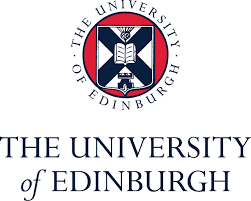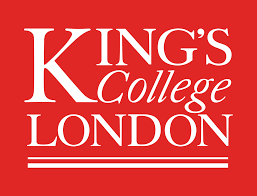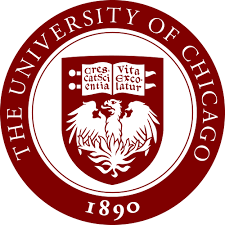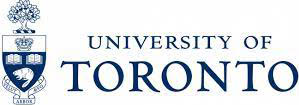Early Childhood Foundations

Middle School

Elementary School
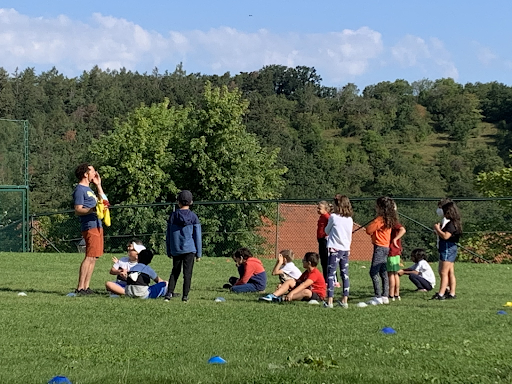
Upper School

We are so grateful to have most of our students learning onsite during this gorgeous month of September. Focusing our efforts to stay well and on campus, we encourage teachers and learners to get outside as often as possible.
While we have faced and continue to face new challenges in running school onsite during the COVID-19 pandemic, we also want to recognize and share some wonderful silver linings. One of those silver linings is appreciating and taking advantage of our amazing outdoor facilities and the Divorka Sarka. Being outdoors not only gives learners a break from their mask, but it often improves our mood and energy levels. Most importantly, the engagements with our natural outdoors and our outdoor activities stimulate learners’ curiosity.
John Dewey, a renowned and influential philosopher, psychologist and reformer of education, shared three stages of curiosity:1. Child’s hunger to explore and probe its surroundings –instinctual rather than intellectual.2. Curiosity becomes more social, as children realize that other people are useful sources of information about the world and begin asking an endless series of “why” questions; the specific questions themselves aren’t as important as the habit of gathering and assimilating information.3. Curiosity is transformed into interest . . . In this final stage, curiosity becomes a force that deepens the bond between the individual and the world, adding layers of interest, complexity, and delight to her experience. Dewey regarded curiosity as a fragile quality, which required a constant effort to maintain. (Adapted from Curiosity: The Desire to Know and Why Your Future Depends On It.)
We know that curious learners are more motivated learners, pushing themselves deeper in understanding, furthering their skills and becoming passionate investigators who will ultimately contribute responsibly to our world.
We are thrilled to see so many learners’ curiosity driving what and how they learn across the school OUTSIDE around our beautiful campus and neighboring forest!



